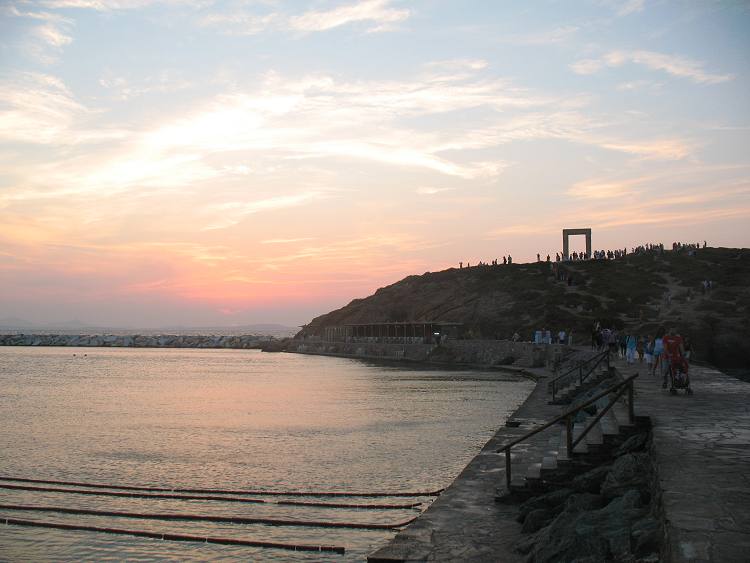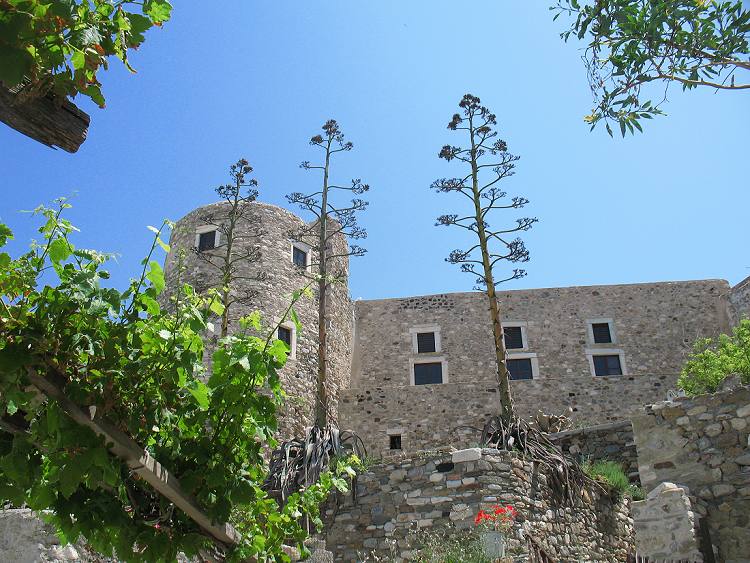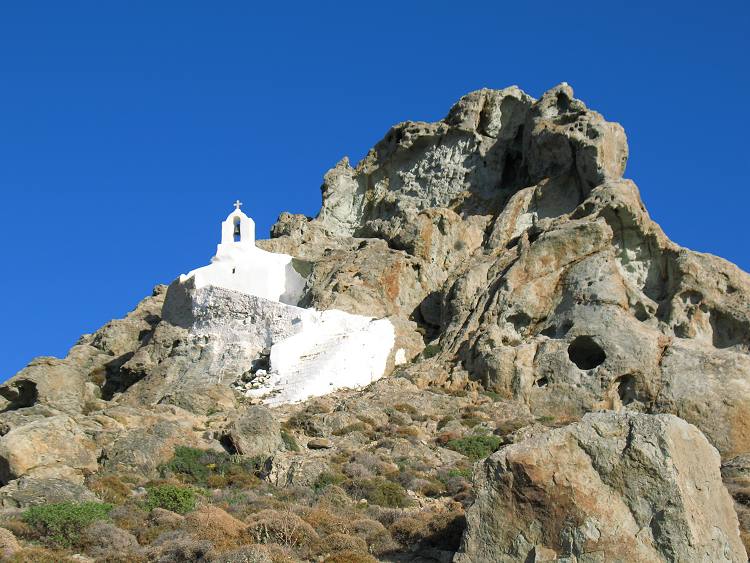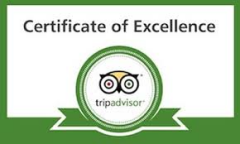Current
“If paradise was on Earth, it would be here.”
Nikos Kazantzakis, Greece’s leading 20th century writer, referring to Naxos.
Voted 2014 TripAdvisor Traveler’s Choice Awards 1st Place Best Island in Greece, 2nd Best Island in Europe, and 6th Best Island in the World, Naxos is gradually being appreciated for what it has always been, and had to offer. Visitors to Naxos have spread the word, helping it to achieve top travel destination status.
Naxos is the largest and most fertile of the Aegean’s Cycladic Islands, at 4,028 square kilometers in size; to sail it around it by boat would encompass 44 nautical miles. Naxos boasts a rich history that goes back over six thousand years, and is the only Cycladic Island to have been continuously inhabited for over four thousand years.
Naxos
The name Cyclades comes from the fact that originally, Delos was the main island in this area, owing to its religious and symbolic importance. As all the other islands in the area make a circle around it – and the word for circle is kee-klo – this group of islands is called Kee-klathes
Naxos is predominantly a mountainous island, with a long, central range of three mountains, the highest in the Cyclades. The mountains, Zas, Koronos and Fanari, sit side by side. Zas is approximately 1,004 meters, Koronos, 997 meters, and Fanari, 883 meters.
As not only a visit‐worthy tourist destination, but equally as an agricultural island, Naxos has an abundance of farm animals, especially goats, sheep and cows, and this is one of the reasons that it produces huge quantities of exquisite cheeses, for which it is famous. Traveling along the rural roads of Naxos, you might easily happen upon a farmer on a donkey, carrying his milk to the creamery in tin canisters, as the old ways are still valued. Herb-fed, mountain grazing, katzikia (goats) also make Naxos famous for its delicious goat meat. Naxian potatoes are second to none, and greatly prized all over Greece. Naxos is the largest producer of olive oil in the Cyclades. And its traditional spoon sweets made from every variety of local fruit are very popular. These are only a few examples of the bounty to be found on Naxos. As a matter of fact, the abundance of agriculture products here is such that all year round Naxos is virtually self-sufficient.
Upon approach to Naxos Island, the small, connecting isle of Palatia greets the visitor. Perched upon this rocky island jutting out of the majestic Aegean, is Portara -the massive marble doorway- for which Naxos has been famous for centuries. This monument is all that is left of the temple dedicated to the Greek god Apollo.
One of the best-preserved medieval towns left in Greece, built by its Venetian ruler Marco Sanudo in the 13th century, is found in Naxos, in what is now its present capital, Hora.
Wander along the twisting paths of picturesque Old Town, perusing the typically Naxian wares, souvenirs, handcrafted items, art, clothing, accessories, and more. Savor a local Greek coffee at a café, or scrumptious ice-cream, made from the freshest of Naxian cow’s milk, while seated right on the waterfront, with an unparalleled view of the azure Aegean. Wind up your promenade on beautiful Saint George Beach, home of the Kymata Hotel, and savor a cocktail while admiring the magnificence of a Naxian sunset. Or simply take joy in the beauty of the day – You’re in Greece!
And all this merely scratches the surface of a very rich Naxian heritage.







